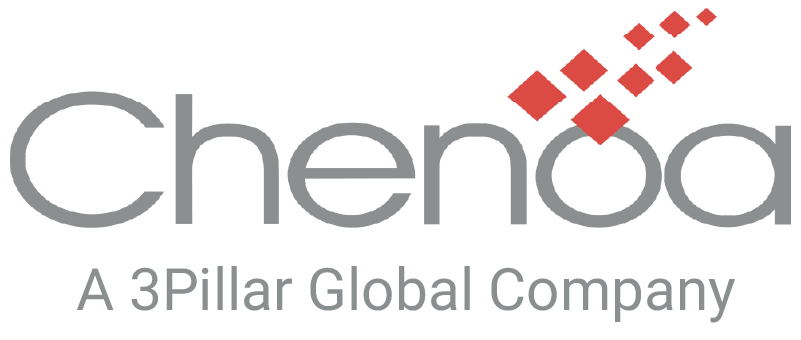About 27% of food trucks earned lower than A grade over the last two years, according to a Times review of Los Angeles County Department of Public Health data.
The Problem
As food trucks have become more popular, they feed hundreds of thousands of people a day. Sanitation and food safety management can be challenging, and compliance can be expensive and prone to error when done manually. The health department was faced with a limited number of staff and no ability to locate mobile food vendors for inspections.
The Los Angeles County Department of Health closed more than 70 food trucks in 2017, most of which were allowed to reopen after passing follow-up inspections
The Approach
The Results
Chenoa delivered a cost-effective and highly reliable outdoor location tracking system to the city’s Department of Health. Instead of using expensive data plans from a national cellular company, we used LPWAN, resulting in an estimated 75% savings on data transmissions costs on an annual basis. Add the decrease in food vendor compliance issues and the automation of data collection by the Department of Health – all parties recognize significant benefits through enhanced operational efficiencies and associated cost savings.

